Closed captions in English will be added in early November.
Discover your Untapped Potential: Your Shortcut to Mastery
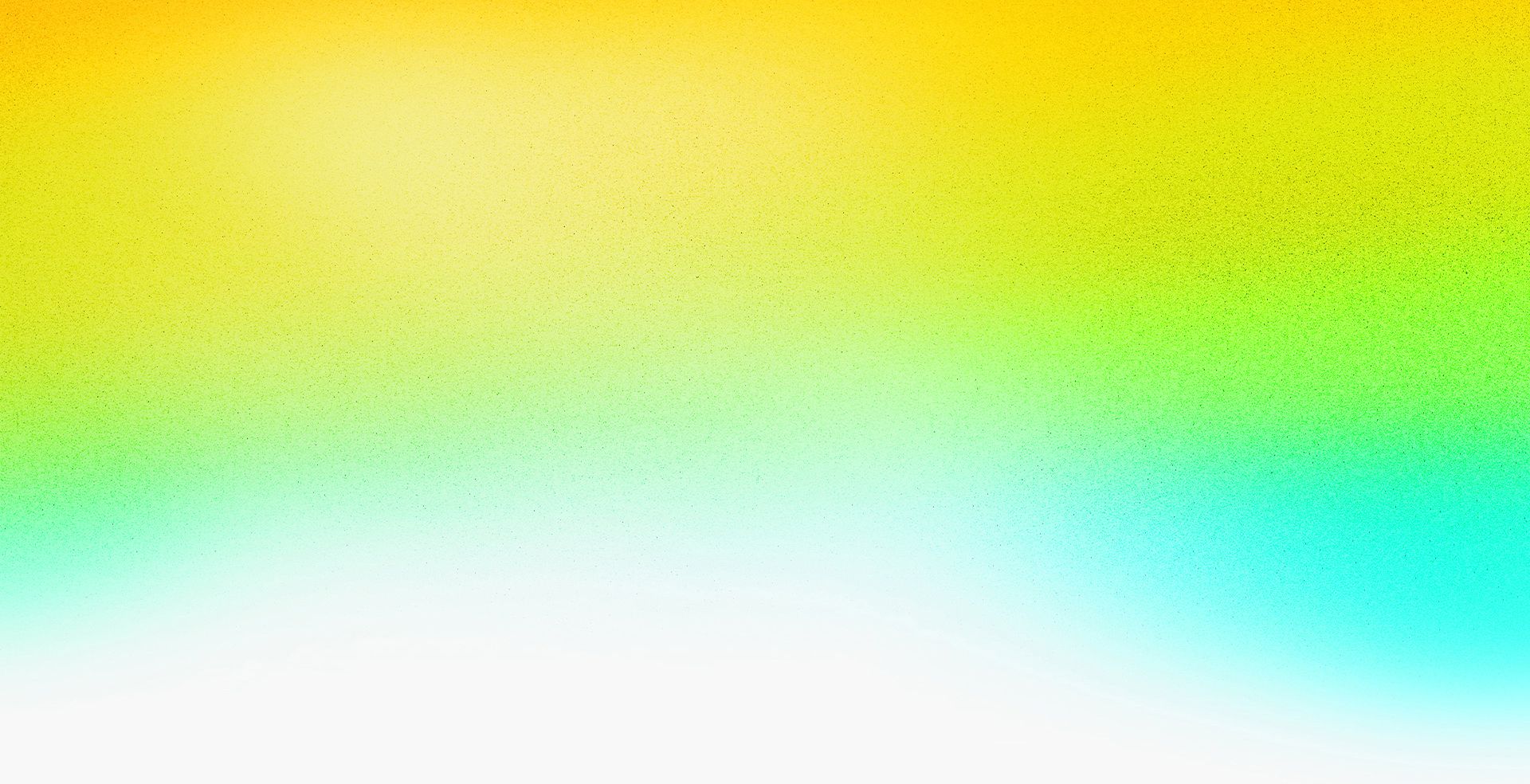

Speakers
-
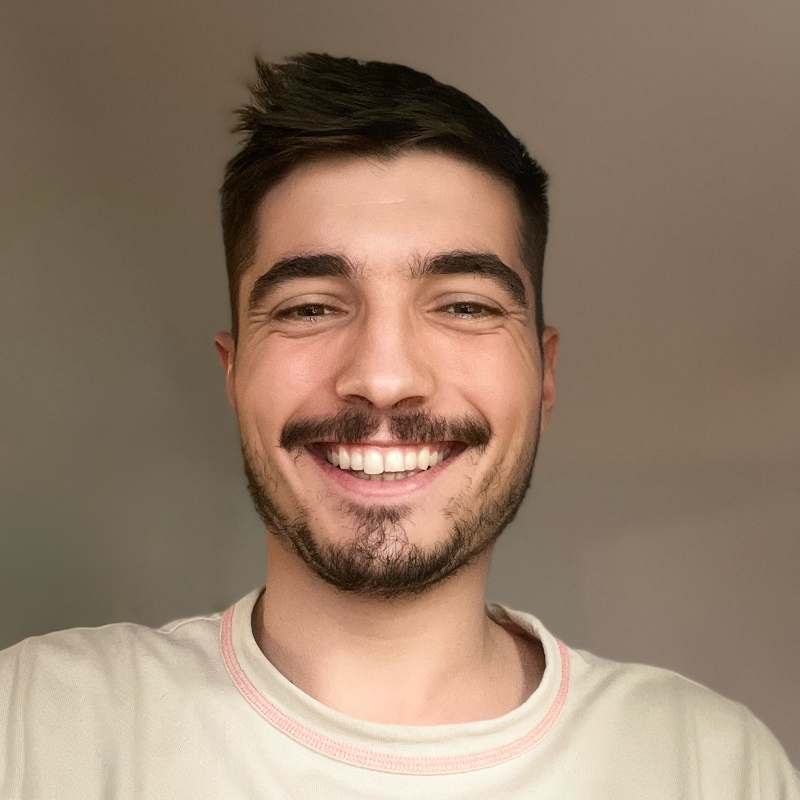
Head of UX, Controllers, Logitech Inc.
-
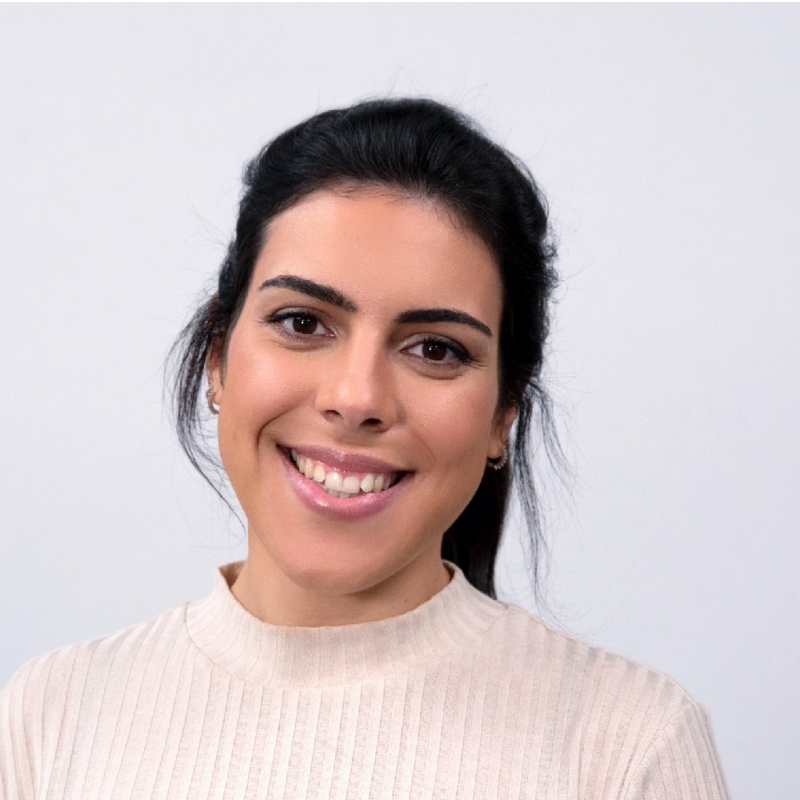
Sr. Global Product Manager, Logitech Inc.
-
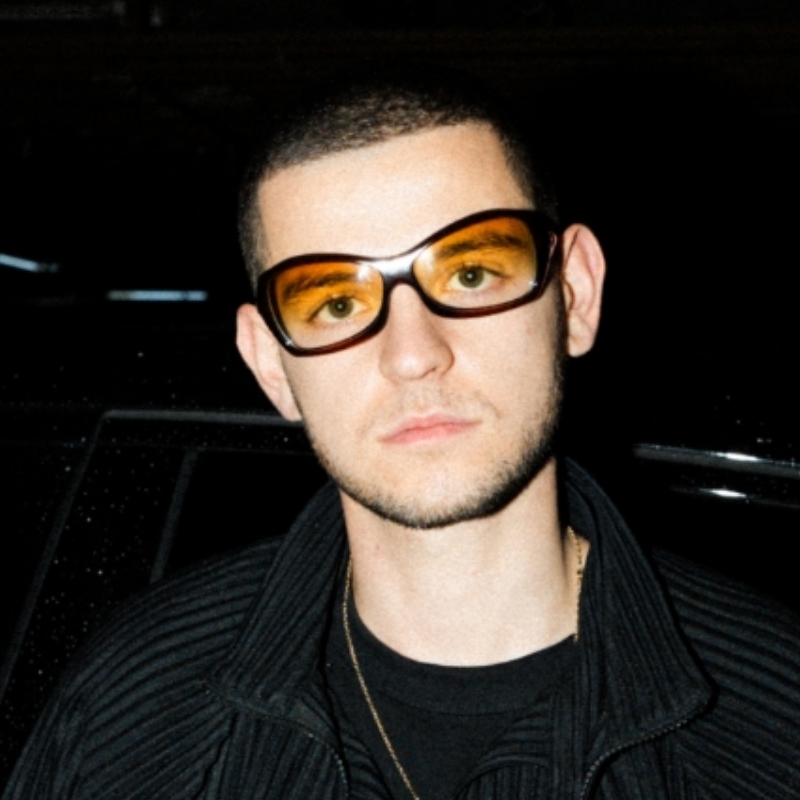
Creative Director, Logitech Inc.
Featured Products
-
After Effects
Free trial -
Audition
Free trial -
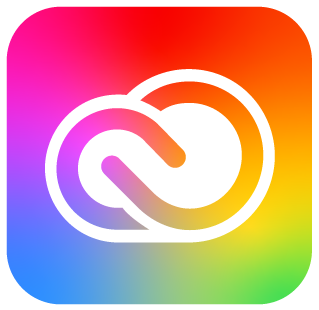
Creative Cloud
Free trial -
Illustrator
Free trial -
Lightroom Classic
Free trial -
Photoshop
Free trial -
Premiere Pro
Free trial
Session Resources
No resources available for this session
About the Session
With tighter deadlines, growing demand for content, and even more emerging technologies on the horizon for the creative landscape, how can you make sure to not get overwhelmed and stay true to your craft?
Find out how Logitech’s Product and Design Team are driven to find ways to empower you with personal experiences that bring you closer to your craft, through technological innovations that don’t overcomplicate, and instead, simplify, all so that you can ultimately create as fast as you can think and find your shortcut to mastery.
Together let's explore:
- The latest creative-industry trends and pain points shaping the way content is created.
- How some of the Logitech team’s thinking infused the latest company’s innovations.
- How Maxime Ellies, a creator, uses the latest MX tools to empower his creative workflow.
Technical Level: General Audience
Category: How To
Track: Creativity and Design in Business, Photography, Video, Audio, and Motion, Graphic Design and Illustration
Audience: Art/Creative Director, Business Strategist/Owner, Graphic Designer, Photographer, Post-Production Professional, Print Designer, Web Designer, Illustrator, Social Media Content Creator, Marketer
This content is copyrighted by Adobe Inc. Any recording and posting of this content is strictly prohibited.
By accessing resources linked on this page ("Session Resources"), you agree that 1. Resources are Sample Files per our Terms of Use and 2. you will use Session Resources solely as directed by the applicable speaker.
Not sure which apps are best for you?
Take a minute. We’ll help you figure it out.